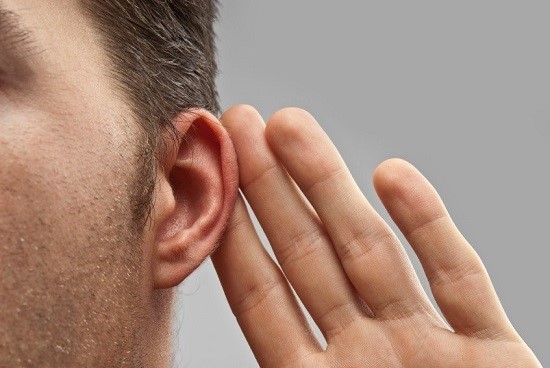
To say that hearing loss is prevalent is somewhat of an understatement. In the US, 48 million individuals describe some degree of hearing loss. As a result,, on average, for every five people you meet, one will have hearing loss. And at the age of 65, it’s one out of three.
With odds like this, how do you avoid becoming one of those five?
To help you understand how to sustain healthier hearing throughout your life, we’ll take a closer look at the causes and types of hearing loss in this week’s posting.
How Normal Hearing Works
Hearing loss is the interruption of normal hearing, so an appropriate place to begin is with a familiarity of how normal hearing is supposed to work.
You can think of normal hearing as consisting of three chief processes:
- The physical and mechanical transmission of sound waves. Sound waves are produced in the environment and propel through the air, like ripples in a lake, eventually making their way to the external ear, through the ear canal, and ultimately hitting the eardrum. The vibrations from the eardrum are then transferred to the middle ear bones, which then arouse the tiny nerve cells of the cochlea, the snail-shaped organ of the inner ear.
- The electrical conduction from the inner ear to the brain. The cochlea, once activated, translates the vibrations into electrical signals that are delivered to the brain via the auditory nerve.
- The perception of sound within the brain. The brain perceives the electrochemical signal as sound.
What’s interesting is that what we perceive as sound is nothing more than sound waves, vibrations, electric current, and chemical reactions. It’s an entirely physical process that leads to the emergence of perception.
The Three Ways Normal Hearing Can Be Disrupted
There are three primary types of hearing loss, each disrupting some component of the normal hearing process:
- Conductive hearing loss
- Sensorineural hearing loss
- Mixed hearing loss (a combination of conductive and sensorineural)
Let’s take a look at the first two, including the causes and treatment of each.
Conductive Hearing Loss
Conductive hearing loss impedes the physical and mechanical conduction of sound waves to the inner ear and cochlea. This is due to anything that blocks conduction.
Examples include malformations of the outer ear, foreign objects inside of the ear canal, fluid from ear infections, pierced eardrums, impacted earwax, and benign tumors, among other causes.
Treatment of conductive hearing loss includes removing the obstruction, treating the infection, or surgical correction of the malformation of the outer ear, the eardrum, or the middle ear bones.
If you suffer from conductive hearing loss, for instance from impacted earwax, you could begin hearing better instantly following a professional cleaning. With the exception of the more severe varieties of conductive hearing loss, this form can be the fastest to treat and can bring back normal hearing entirely.
Sensorineural Hearing Loss
Sensorineural hearing loss impedes the electrical conduction of sound from the inner ear to the brain. This is caused by damage to either the nerve cells within the cochlea or to the auditory nerve itself.
With sensorineural hearing loss, the brain receives compromised electrical signals, reducing the volume and clarity of sound.
The main causes of sensorineural hearing loss are:
- Genetic syndromes or fetal infections
- Normal aging (presbycusis)
- Infections and traumatic accidents
- Meniere’s disease
- Cancerous growths of the inner ear
- Side effects of medication
- Sudden exposure to extremely loud sounds
- Long-term subjection to loud sounds
Sensorineural hearing loss is in most cases connected with exposure to loud sounds, and so can be prevented by staying away from those sounds or by defending your hearing with earplugs.
This type of hearing loss is a little more difficult to treat. There are no present surgical or medical procedures to repair the nerve cells of the inner ear. However, hearing aids and cochlear implants are very effective at taking over the amplification responsibilities of the nerve cells, creating the perception of louder, crisper sound.
The third type of hearing loss, mixed hearing loss, is basically some combination of conductive and sensorineural hearing loss, and is treated accordingly.
If you have any difficulty hearing, or if you have any ear discomfort or dizziness, it’s best to consult your physician or hearing professional right away. In virtually every instance of hearing loss, you’ll get the best results the sooner you deal with the underlying problem.
